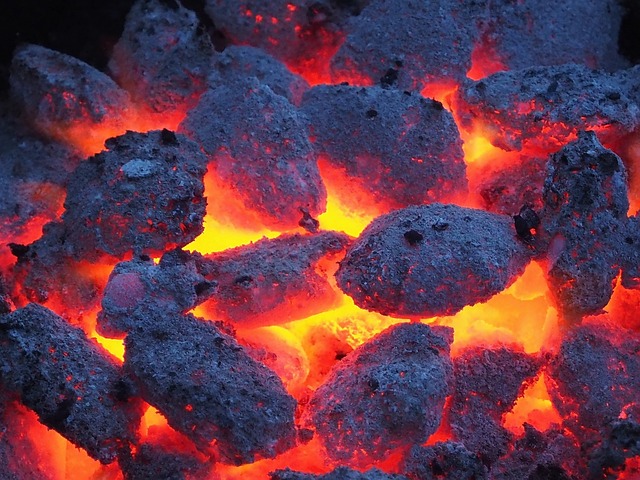The process of gold melting is an important step in the mining of gold. It can take place in any of several ways, such as the use of Induction furnaces, Graphite crucibles, Charcoal, and Photothermal injury.
Graphite crucibles
Graphite crucibles are a common type of crucible used in metallurgy. They have excellent chemical stability in acid and alkaline environments. In addition, they are highly resistant to organic solvents. Their use is widespread in smelting of non-ferrous metals.
Graphite crucibles are made of a variety of materials, such as silicon carbide. Silicon carbide has a high melting point and is very resistant to thermal shock. Other crucible materials include ceramic, alumina, porcelain, and silicone carbide. Each material has its own unique properties. The crucible must be chosen carefully for its strength and durability.
The temperature range of a crucible is also important. For example, aluminum alloys melt from 400 degrees Celsius to 1600 degrees Celsius. Graphite crucibles are not recommended for use at temperatures above 2912 degrees Fahrenheit.
Graphite crucibles have a low coefficient of thermal expansion and good thermal conductivity. This helps to minimize the amount of gold that is lost. Graphite crucibles also have anti-strain properties. These features ensure the purity of smelting materials.
Charcoal
Smelting is a process used for extraction of many metals from ore. The technique is done by applying high temperatures and pressure to the ore. It is also done with the use of a chemical reducing agent. In the process of smelting, oxygen in the ore binds to carbon at high temperature, resulting in the conversion of the ore into a metal.
Smelting gold is a complicated process that involves the bonding of materials under extreme heat. However, the procedure should not be too difficult for do-it-yourselfers.
To perform the process, you need the proper equipment thats legal to gold investment companies standards. This includes a large gold melting crucible, a heating source, a tongs, a torch, and hot gloves. Also, you should ensure you have eye protection.
First, determine the amount of gold you wish to melt. This will inform you of the size of your crucible and the type of heating source you need.
Second, start by preparing a charcoal fire. Burning charcoal is a time-consuming process, and you should invest in a good, hard wood.
Induction furnaces
If you’re looking for a way to process gold or other precious metals, a furnace may be the answer. However, you have to choose the right kind. The best ones provide the best results. And, they don’t cost a fortune.
Gold is one of the most common precious metals. You can melt it to create bullions or jewelry. But the most efficient way to do it is to melt it in a furnace.
Induction furnaces offer many benefits. For example, they allow you to melt metals at a very specific temperature. They also improve the quality of the molten gold. This is because they reduce the oxidation levels.
These furnaces are not only energy efficient, they can also save time and money. That’s why they are ideal for small scale gold melting operations. When you purchase an induction furnace, you’re not going to have to worry about wasting valuable gold.
The most important function of an induction furnace is to provide the exact heat that you need for the process. With a properly designed furnace, you can smelt large quantities of gold in less time.
Photothermal injury
The melting of gold can lead to photothermal injury. This can result from liquefaction of the photoreceptor cell membrane, loss of tertiary structure or denaturation of retinal proteins. A person working without protective goggles can be exposed to thermal energy that can reach the macular area. Photothermal injury is considered an occupational hazard and should be avoided.
In addition to a direct effect on the retinal pigment epithelium (RPE), laser-induced damage can also have a thermal impact on the photoreceptors. Therefore, it is important to develop effective protection measures for workers.
Gold nanoparticles are attractive for use in photothermal cancer therapy. They have an interesting optical property, surface plasmon resonance (SPR). During a dipolar oscillation, the particle’s dipole moment is resonant with the incoming light at a specific frequency.
These nanoparticles are highly biocompatible and can be easily synthesised. They are widely used in the field of cancer research and therapeutics. However, the structural stability of these particles directly determines their photothermal conversion efficiency.




No Comments